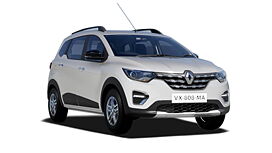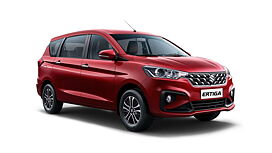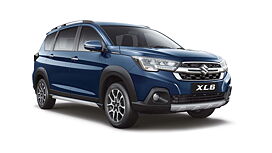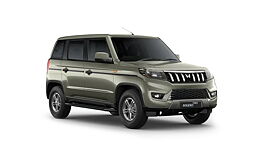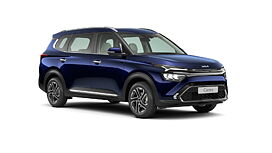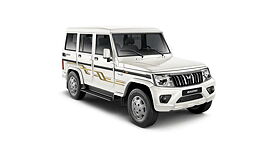Buying experience
6 साल पहले | Hayaz
User Review on मारुति सुज़ुकी अर्टिगा [2018-2022] zxi प्लस
विस्तृत रिव्यू:
रेटिंग मानदंड
(5 में से)
5.0 इक्सटीरियर | 5.0 आरामदेह | 5.0 परफ़ॉर्मेंस |
5.0 फ़्यूल इकॉनमी | 5.0 पैसा वसूल |
ख़रीद:
नया
ड्राइविंग:
कुछ हज़ार किलोमीटर
Riding experiene The Ertiga is powered by a brand-new K15 1462cc petrol engine that debuted in the facelifted Ciaz. Power has been bumped up to 105hp and torque to 138Nm – a healthy increase of 13hp and 8Nm over the 1.4-litre unit that it replaces. Just like in the Ciaz, this motor features a mild-hybrid system which gets support from two batteries. Apart from the regular battery, there’s one lithium-ion pack placed under the passenger seat, which provides a small amount of additional boost to the petrol engine. In the real world though, the battery boost is negligible, and it’s only when the graphics on the MID displays the transfer of power that you know the mild hybrid system is working. The energy recouped when the car decelerates, is used to recharge this lithium-ion battery. Another feature of this hybrid system is the engine start-stop system that works seamlessly in stop-go traffic; most, however, would turn this feature off, especially during summer, because it cuts off the air-con compressor, leaving only the blower running.
?
Belonging to the same family of engines, this new 1.5-litre petrol’s character is near identical to the 1.4-litre unit it replaces – this means it is smooth and very refined. Driving in the city, it performs effortlessly with adequate power available at lower revs. It gets off the line easily and is quick to respond initially. However, demand a quick overtake and it does warrant a shift to a lower gear and needs to be spun harder. The mid-range is flat and so is the top end, with no noticeable spike in the powerband. It gets noisy beyond 3,500rpm, and even though it can spin all the way until 6,200rpm, progress at higher revs is slow and the engine tends to sound strained. However, as long as you’re not in a hurry, the petrol will impress you with its smoothness, refinement, and efficiency, which is claimed at 19.34kpl for the 5-speed MT and 18.69kpl for the 4-speed AT, an improvement of 1.84kpl and 1.66kpl, respectively.
?
The Ertiga petrol-automatic is a rather old-school, 4-speed torque converter, with the first three gears being driving gears and the fourth being an overdrive gear to maximise efficiency. This unit is smooth in its operation and it will shift to the highest gear at the earliest to consume lesser fuel. However, the slightest of inputs to the accelerator while cruising and it will need to drop down a gear to get moving. To combat this constant shifting while cruising, there’s an overdrive off button which will keep the car in the first three gears only, thus keeping the engine on the boil. There’s no manual mode but there’s a Low mode which keeps it in the lowest possible gear, useful for uphill sections of road. Only the auto gets ESP and hill-hold.
?
The diesel Ertiga gets the old, tried-and-tested 1.3-litre Fiat-sourced engine producing 90hp and 200Nm, but what’s good is that fuel efficiency has increased to 25.47kpl (0.95kpl more than before). However, this engine is too loud and clattery while idling and accelerating. Turbo lag still persists below 2,000rpm, and the engine feels dead. Speedbreakers will need to be tackled in first gear and being a smaller-capacity engine, drivers will need to work the gears to build speed briskly, especially while lugging a full load. When spun harder, though, there’s a strong wave of torque that pulls the car forward rather energetically. It’s a free-revving motor and it spins all the way until 5,100rpm, but boost comes in strongest between 2,100 and 4,500rpm, after which it tapers off. The 5-speed manual gearbox is slick with short throws, and the clutch has a short travel and isn’t too heavy either.
Was this review helpful?
और भी यूज़र रिव्यूज़
इन रिव्यूज़ को भी आप जांच सकते हैं
- होम
- मारुति सुज़ुकी कार्स
- अर्टिगा [2018-2022]
- यूज़र रिव्यूज़
- Buying experience
